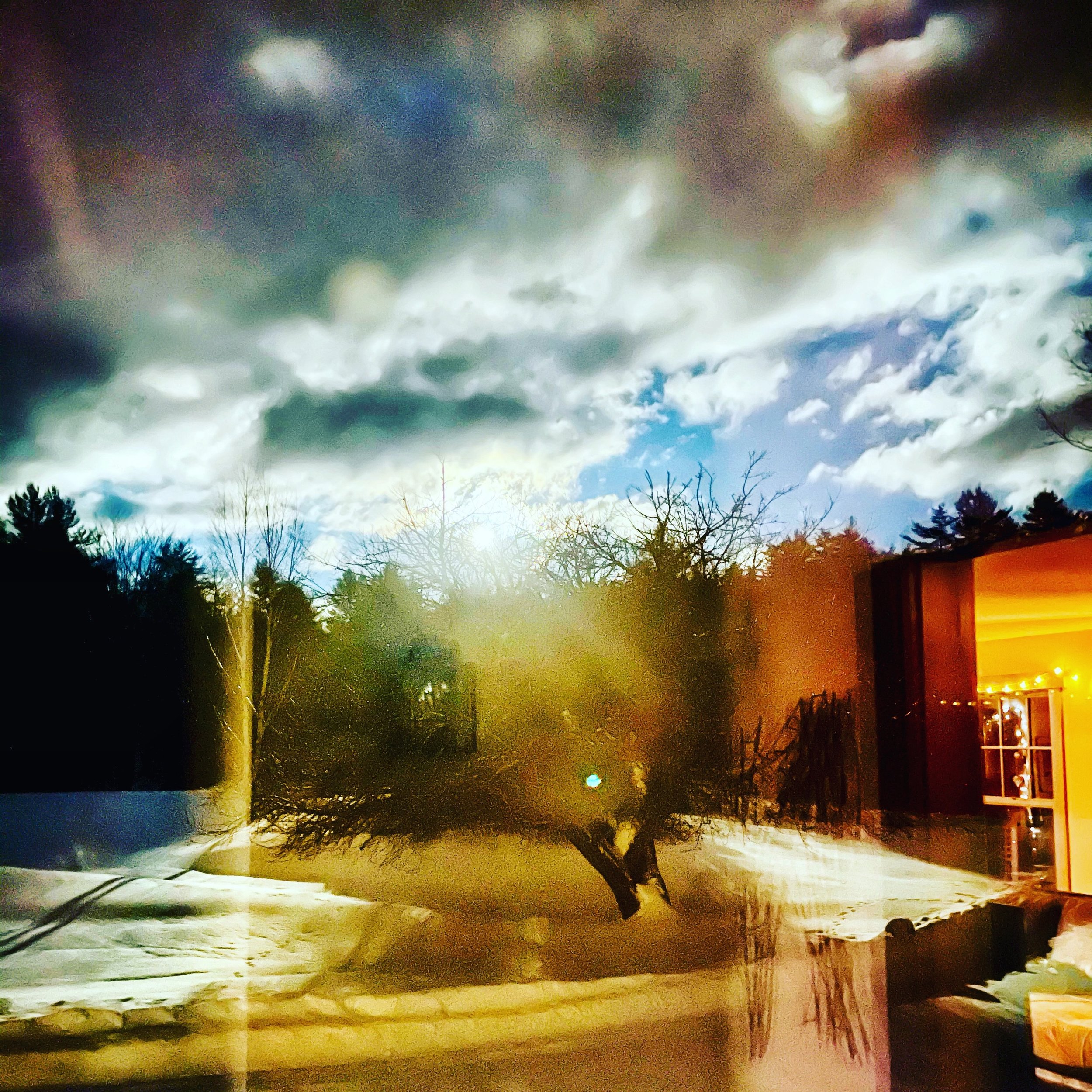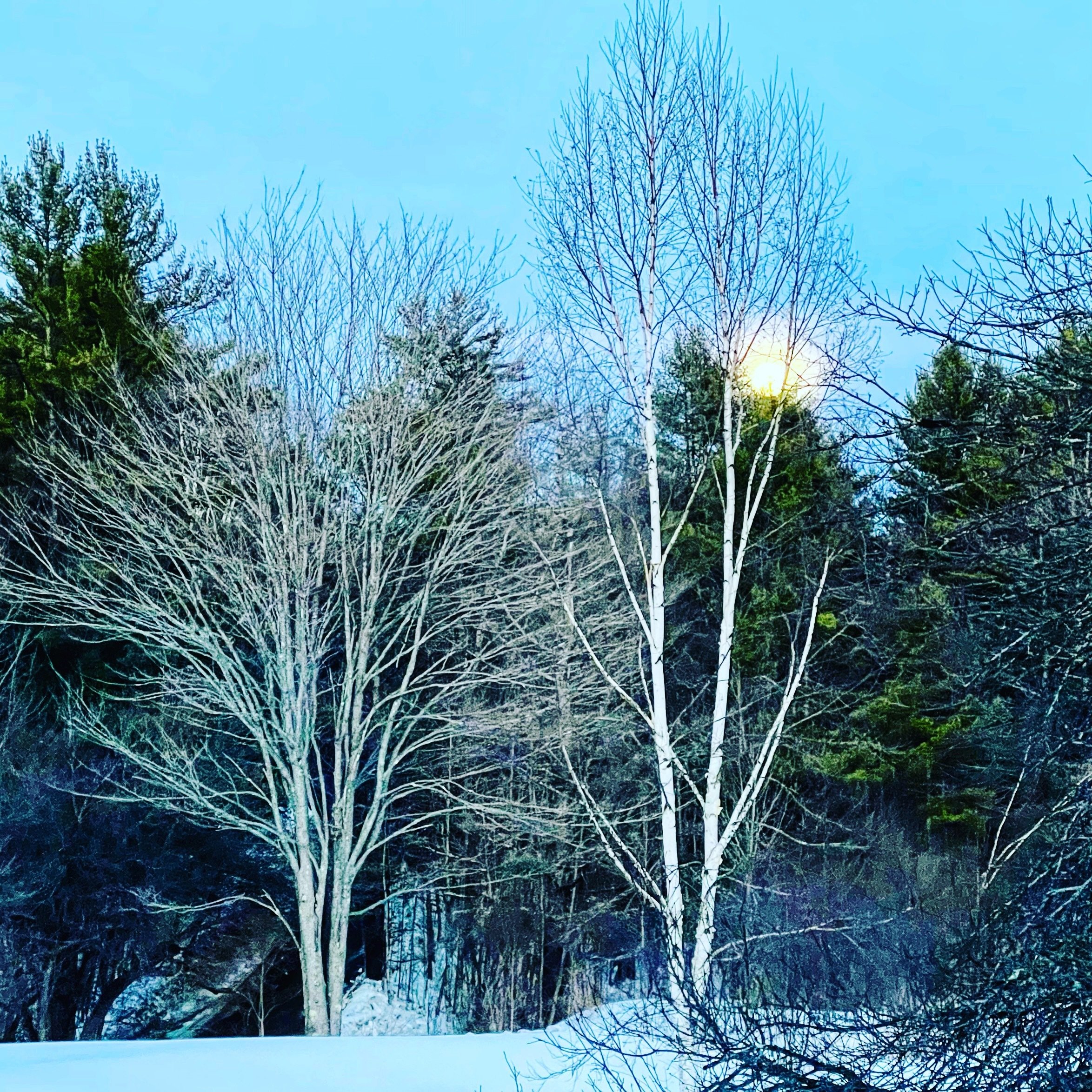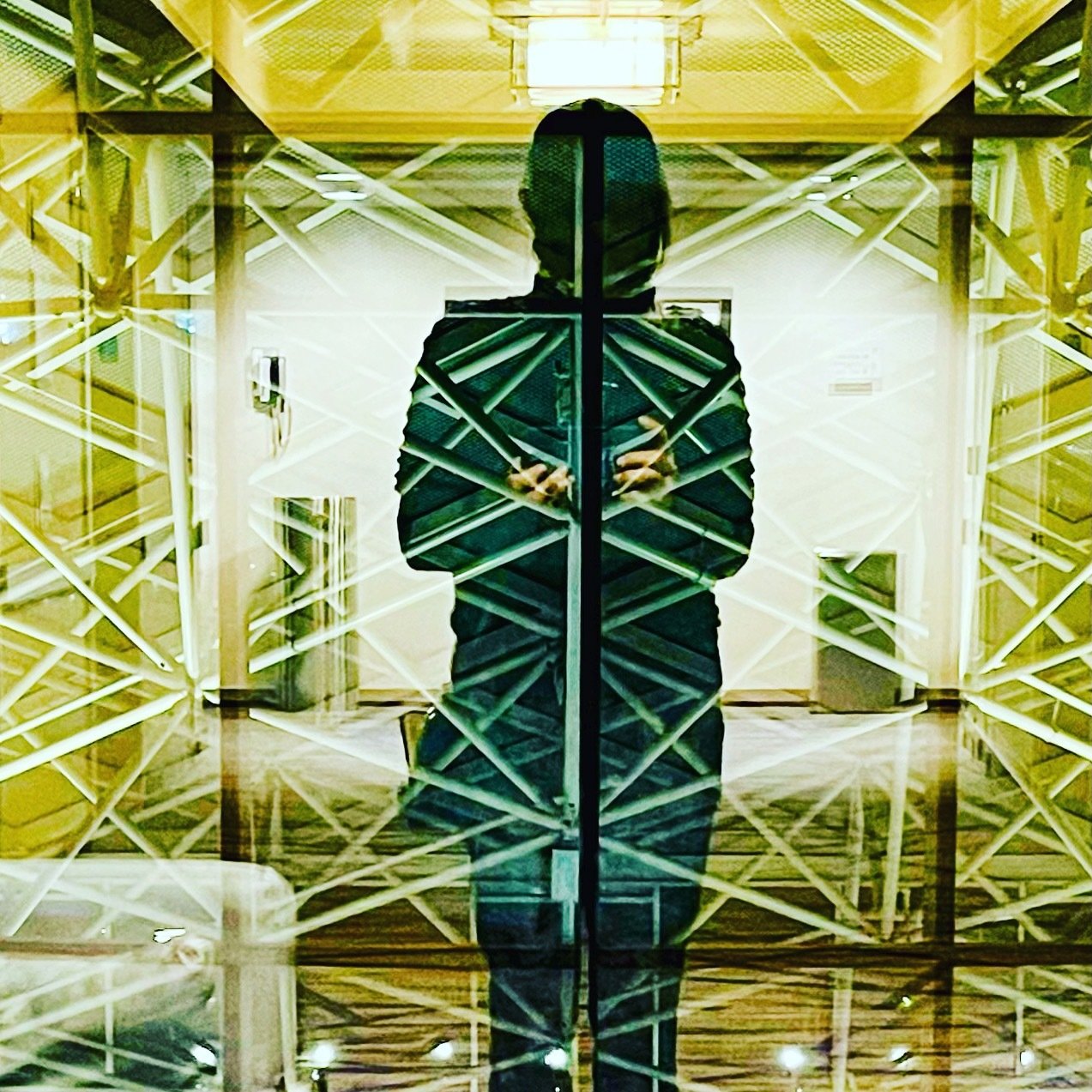Design and our Natural Landscape: Fire
This article is the first in a four part series which explores how a well-designed building, like a Passive House, engages with the elements of our natural landscape.
Part 1 - Fire: Our primal association of light and heat is with fire.
Every year in early February, the arc of light lifts across the landscape.
Before the ground hog shares its opinion many of us are already feeling the subtle changes in the solar pulse. Our shared histories and cultures are full of rituals that celebrate the change of winter to spring with most focused on the increasing proportion of daylight in our waking hours. Ground Hog's Day, lantern festivals, and later as we shift our clocks for daylight savings time and await spring’s first day - we turn our heads towards the changing light just as April daffodils and solar arrays swing to and fro on a day’s cycle.
Here in New England a well positioned building chases the light path from inside our winter abodes and begins with the understanding of how the annual dance between sun and earth transitions through the seasons. The careful siting of a building in the landscape, as the first act of architectural design, means our favorite spaces, chairs, and views are created with intention. Solar orientation for passive heat gain and enhancing natural interior light in our northern climate makes a tangible difference in how we feel about our homes everyday.
Passive House design amplifies the importance of solar orientation as the precision engineered building envelope is anchored in the science of climate and region. Designing with the local elements balances heat, light, shade, water and air as they flow through and around the building envelope. The careful use and placement of materials in the membranes we call slab, wall and roof maximize indoor comfort while minimizing energy input. Choosing to design an envelope prioritized building will take more time and extra expense (roughly 15% in construction cost) but the pay-off is significant with savings in operating costs topping 80%.
Today as we feel the impact of complex global economic dependencies on our daily decisions, choosing energy independence in our homes, regardless of climate, can be a matter of design partnered with a philosophy which first considers the offerings of place.



